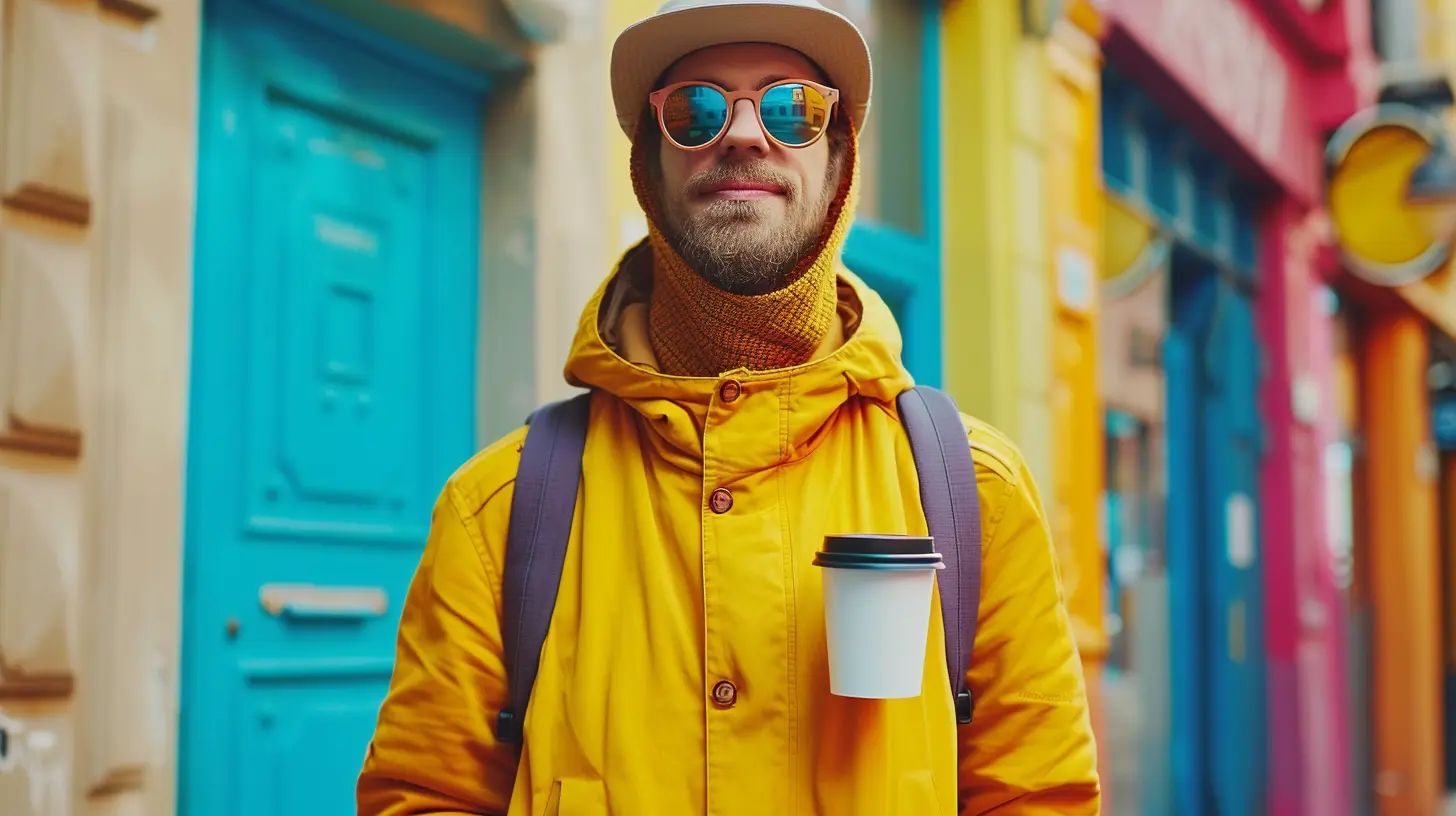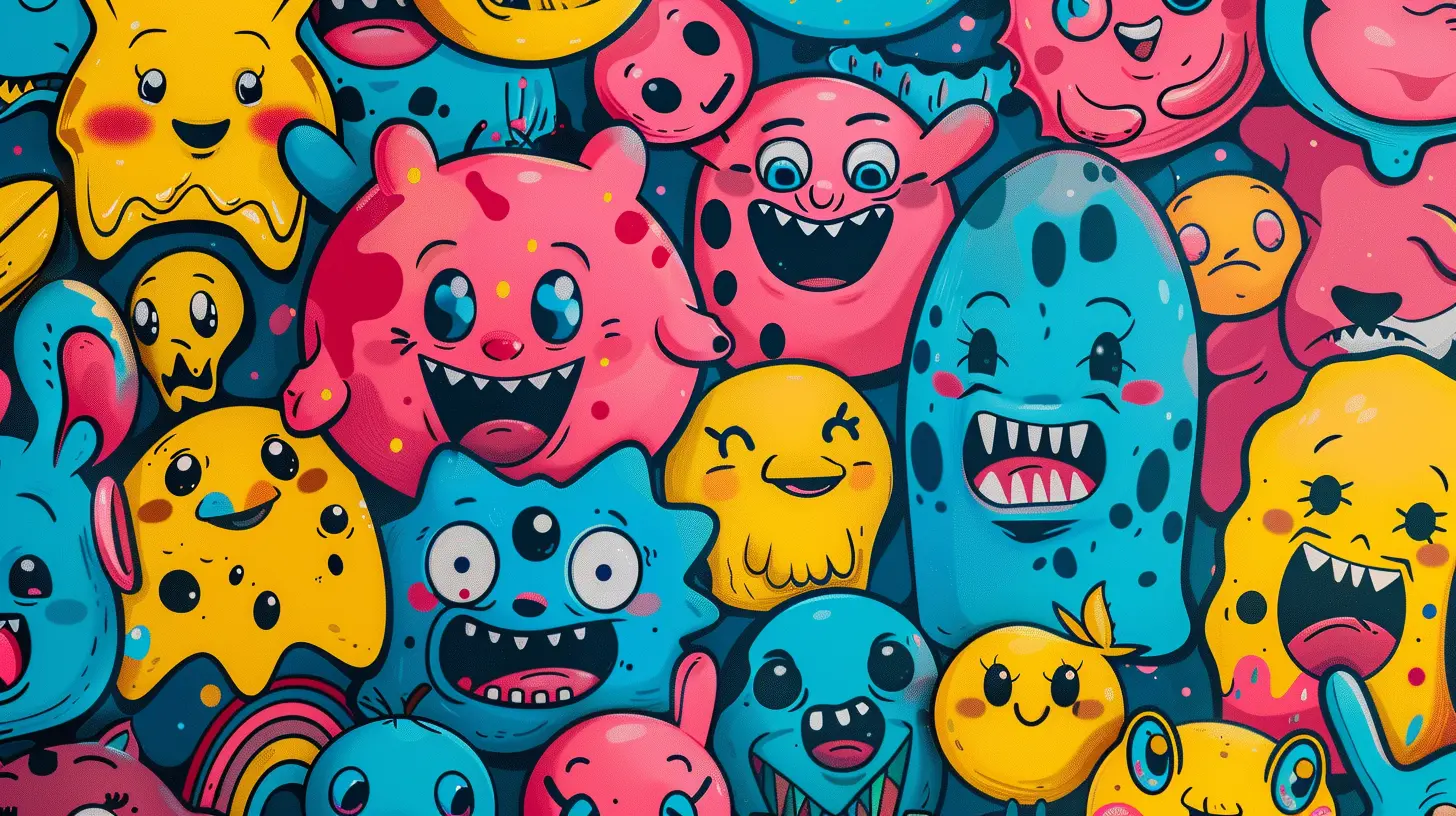How Brands Are Using Memes to Engage Millennials and Gen Z
16 June 2025
Let’s talk about memes. Yes, those tiny, weird nuggets of internet gold that make you snort-laugh at 3 AM when you should totally be sleeping. Once dismissed as mere time-wasters for procrastinating teens and twenty-somethings, memes have now infiltrated the very fabric of modern marketing. Imagine your favorite brands swapping out their sleek corporate suits for graphic tees, ironic captions, and sassy one-liners. It’s not just marketing; it’s a freaking MEMEvolution.
So, how exactly are brands using memes to catch the attention of Millennials and Gen Z? And why are these pint-sized pixel warriors so effective? Buckle up, because this article is going to break it down one sarcastic headline at a time. 
Memes: The Secret Sauce Millennials and Gen Z Can't Resist
First off, let's address the elephant in the room: why do Millennials and Gen Z love memes so much? Simple. Memes are like the love child of entertainment and relatability. They're short, sweet, and they hit you right in the feels (or the funny bone).For these two generations, memes aren’t just pictures and text slapped together; they’re a language. They’re internet hieroglyphics that scream, "Hey, we get you!" And let’s be honest—if a brand can drop a meme that makes someone think, "OMG, this is literally me," they’ve just won a tiny battle in the never-ending war for attention.
Brands know this. Oh, they KNOW. And now, instead of trying to fight meme culture, they’re piggybacking on it like your friend who “forgot” to bring their wallet to brunch. 
Why Memes Are Marketing Gold
Here’s the thing: traditional advertising is boring. There, I said it. Nobody wants to watch your 10-second ad about why your soap smells like heaven or how your energy drink gives you wings. But a meme? Now, that’s a whole different story.Memes have a magical ability to bypass our “ignore this corporate nonsense” filter. They’re like Trojan horses for brand messaging, sneaking in under the guise of humor and sass. And once they’ve infiltrated your brain, BOOM—you’ve accidentally interacted with branded content. Gotcha!
Still not convinced? Let’s break down why memes slap harder than a reality TV breakup:
- They're Shareable: People love sharing memes. It's like a digital game of hot potato, except no one gets burned (except maybe your ex if the meme is shady). For brands, this means free publicity.
- They're Cheap AF: Why spend millions on a flashy campaign when you can whip up a meme in five minutes? Seriously, the ROI on memes is basically highway robbery.
- They Build Emotional Connections: A well-placed meme can make people feel seen. And when people feel seen, they trust you. It's Psychology 101 without the boring lectures. 
The Art of Meme Marketing (Yes, It’s an Art)
Before you go thinking, "Wow, I’ll just slap my logo on a Spongebob meme and call it a day," hold up. Meme marketing isn’t THAT easy. It's a delicate balancing act of being funny, relevant, and not looking like your dad trying to use TikTok.1. Know Your Audience Better Than Their Therapist
If there's one golden rule of meme marketing, it’s this: you gotta know your audience. Don’t try to use Gen Z slang if you don’t know what it means (please, for the love of all things holy, Google “rizz” before you use it in a caption).Millennials love nostalgia, sarcasm, and dark humor. Gen Z, on the other hand, thrives on absurdity and chaotic energy. If your meme doesn’t scream “unhinged yet oddly relatable,” they’ll scroll right past it.
2. Hop on Trends (Before They Die)
Memes have the lifespan of a mayfly. What’s funny today might be cringe tomorrow. Brands that want to stay relevant need to jump on trends faster than a kid chasing the ice cream truck. Just be careful not to overdo it—you don’t want to end up as that brand that tries too hard and becomes a meme itself (looking at you, Boomer companies).3. Keep It Authentic (But Like, Actually)
Nothing kills a meme faster than in-your-face branding. If your logo takes up half the image or your caption reads like a sales pitch, congratulations—you’ve officially ruined the joke. Memes should feel like they came from a creative intern, not a boardroom of marketers.
Brands That Meme Like Pros
Alright, enough theory. Let’s talk about the brands that are absolutely killing the meme game.Wendy’s: The Roast Queen
If Wendy’s isn’t the reigning monarch of meme marketing, I don’t know who is. Their Twitter account is a literal goldmine of savage comebacks, hilarious memes, and epic roasts. Who knew a fast-food chain could be so sassy?Netflix: The Meme Machine
Netflix has mastered the art of turning its shows into meme-worthy content. Whether it’s a “Stranger Things” reaction meme or a “Wednesday” dance clip, they’ve got their finger on the pulse of internet culture.Duolingo: That Unhinged Owl
If you’ve seen Duolingo’s TikTok, you know exactly what I’m talking about. Their mascot owl is a chaotic, slightly terrifying meme lord who won’t hesitate to remind you to do your language lesson—or else.The Risks of Meme Marketing (Yes, There Are Risks)
Of course, meme marketing isn’t all rainbows and viral posts. It’s a double-edged sword that can cut you faster than a toddler armed with safety scissors.- Cringe Alert: Try too hard to be funny, and you’ll end up on a list of “Brands That Embarrassed Themselves Trying to Be Cool.” The internet is brutal, and they WILL call you out.
- Meme Overload: Post too many memes, and people will start seeing your brand as a joke (literally). Balance is key, folks.
- Offensive Content: Memes can be a landmine of potential controversy. One poorly-worded caption or outdated joke, and you’ve got a PR nightmare on your hands.
The Future of Memes in Marketing
As Millennials and Gen Z continue to dominate the consumer market, memes aren’t going anywhere. In fact, they’re only going to get weirder (have you SEEN some of the memes Gen Z is into? It’s like Dadaism on digital steroids).Brands that want to stay relevant will need to keep up, adapt, and embrace the chaos. Traditional ads are out, and meme-worthy content is IN. So, if your brand isn’t already hopping on the meme train, what are you even doing?
Final Thoughts: Memes Are the New Marketing Currency
In a world where attention spans are shorter than a Vine (RIP), memes are the lifeline that brands need. They’re cheap, effective, and, let’s face it, hilarious. For Millennials and Gen Z, memes aren’t just funny pictures—they’re cultural artifacts. And for brands, they’re the secret to staying relevant in a world that’s constantly scrolling.So, next time you see your favorite snack company posting a “How It Started vs. How It’s Going” meme, just know: it’s not just a joke—it’s marketing genius in disguise.
all images in this post were generated using AI tools
Category:
Social Media MarketingAuthor:

Amara Acevedo
Discussion
rate this article
2 comments
Audra Black
Memes effectively connect brands with Millennial and Gen Z audiences.
October 26, 2025 at 3:27 AM

Amara Acevedo
Absolutely! Memes resonate with these audiences' humor and values, fostering relatability and brand loyalty.
Sara McElhinney
This article offers an intriguing glimpse into the evolving landscape of brand engagement! It's fascinating to see how memes, a staple of digital culture, can resonate with Millennials and Gen Z. I wonder how brands will continue to innovate in this space and stay authentic while capturing their audience's attention.
June 21, 2025 at 3:20 AM

Amara Acevedo
Thank you for your insights! It's indeed fascinating to see how brands can balance innovation and authenticity through memes to connect with younger audiences. Exciting times ahead!


